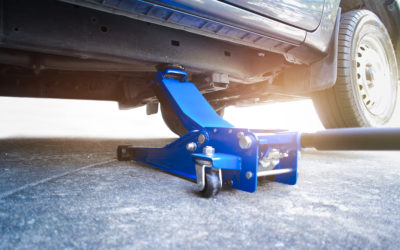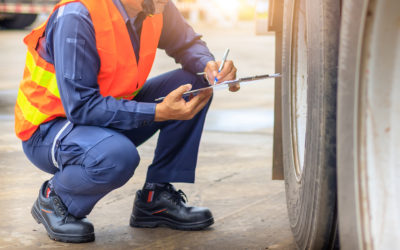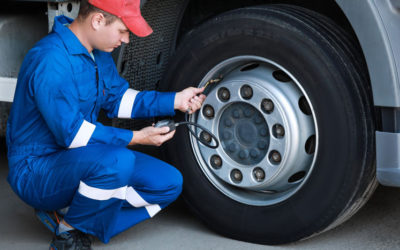Goodyear has unveiled a groundbreaking innovation in sustainable motorsport: a truck racing tire composed of 55% sustainable materials, which debuted at the 2025 season opener of the Goodyear FIA European Truck Racing Championship (ETRC) in Misano....
Technical
How to Properly Remove and Replace a Wheel and Tire Safely
Changing a tire can be a daunting task, especially with the risks involved. Tires are an essential part of any vehicle, and removing a wheel not only puts your own safety at risk, but can also endanger others around you. While many of the steps in...
New Truck Tires vs. Retreads: Which Is Right for Your Fleet?
When managing a fleet, one of the most important decisions you’ll make is choosing the right tires for your trucks. With advancements in both new truck tires and retreaded (or retread) tires, the decision isn’t as straightforward as it once was....
Smart Tire Development
The concept of smart tires is quickly transitioning from science fiction to reality, thanks to innovations like Continental’s C.A.R.E™ (Connected, Autonomous, Reliable, Electrified) tire system. Unlike traditional tires, this system features...
The Importance of Being Proactive in Vehicle Preventative Maintenance
Maintaining your vehicle isn’t just about keeping it looking good; it’s about ensuring its longevity, safety, and performance. Proactive vehicle preventative maintenance can save you time, money, and headaches down the road. Here’s why you should...
Results Show Proven TPMS Compatibility with Counteract Balancing Beads
Since 1997, Counteract Balancing Beads has been at the forefront of Internal Tire Balancing Agent (IBA) technology, consistently demonstrating the superiority of our IBAs over competitors and traditional balancing methods. Counteract remains the...







